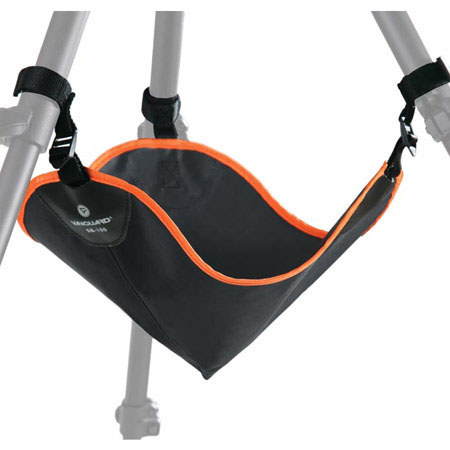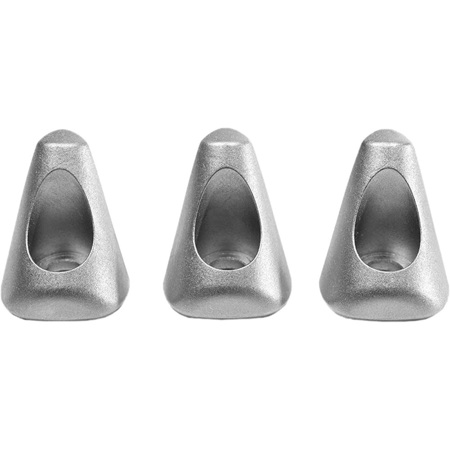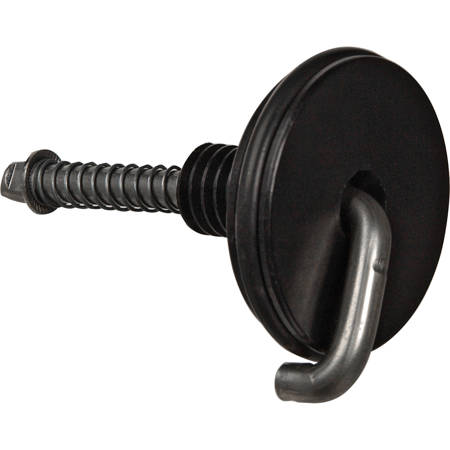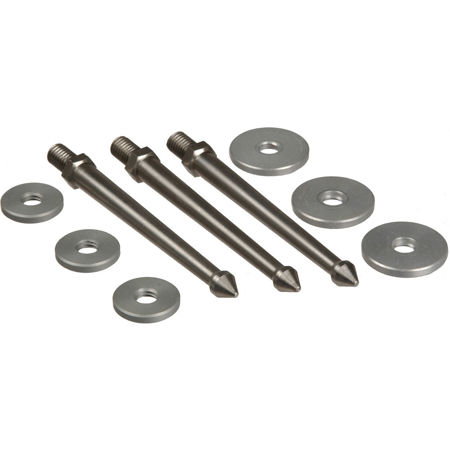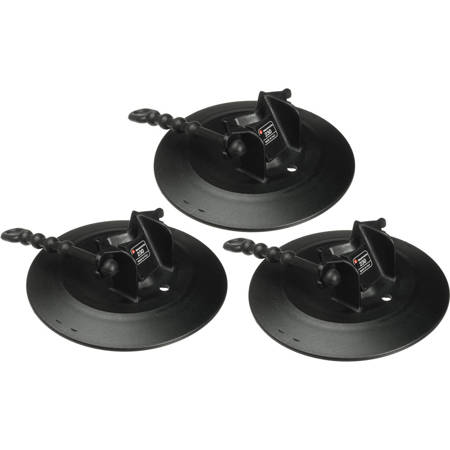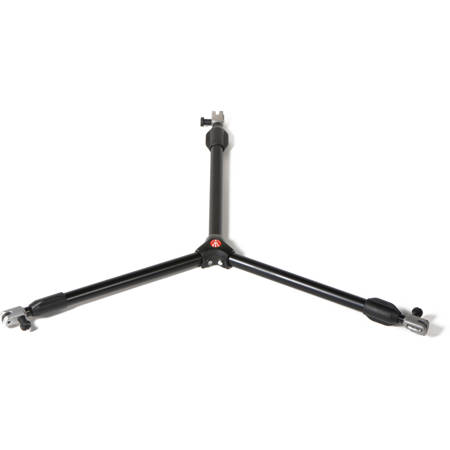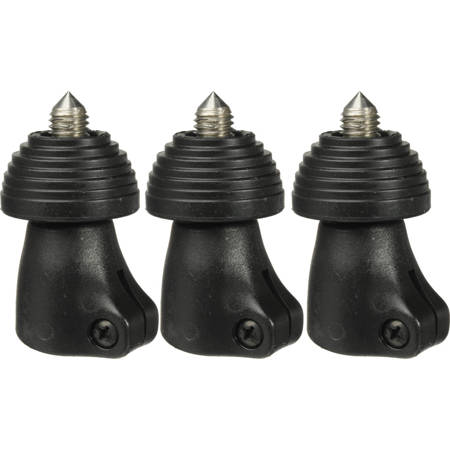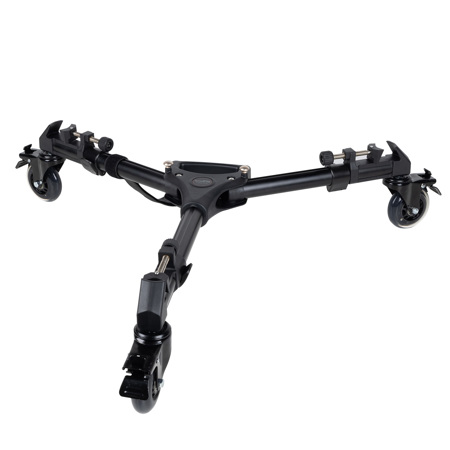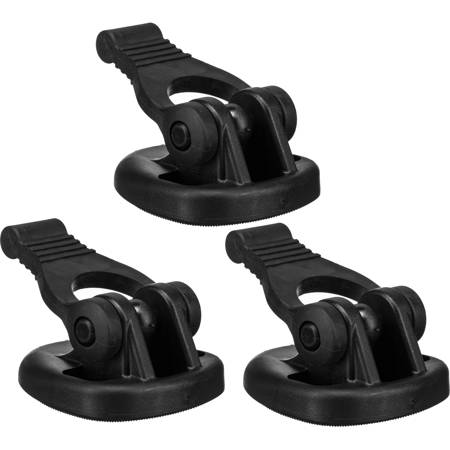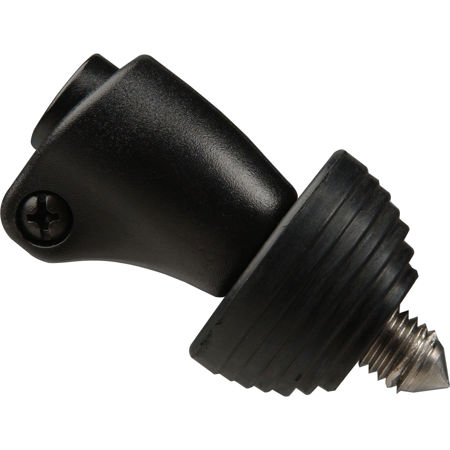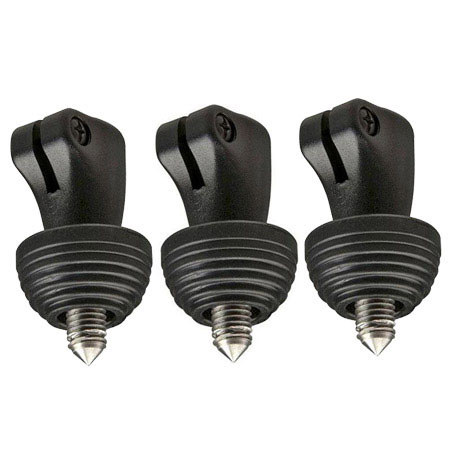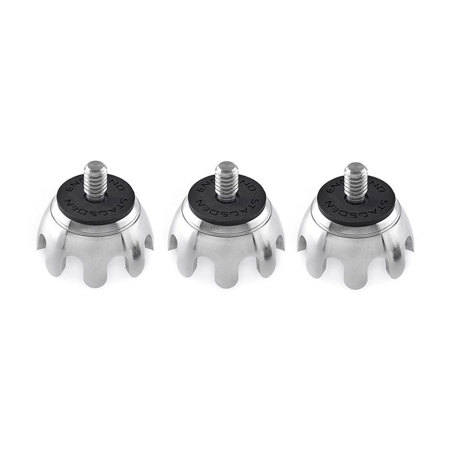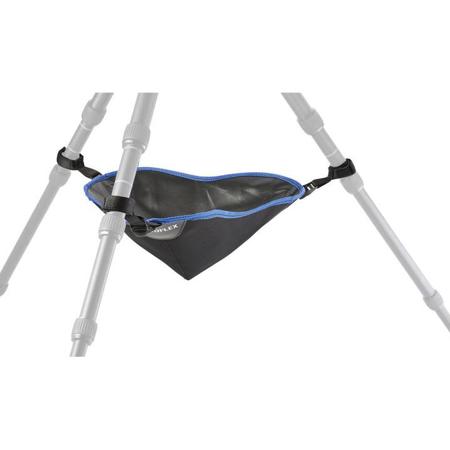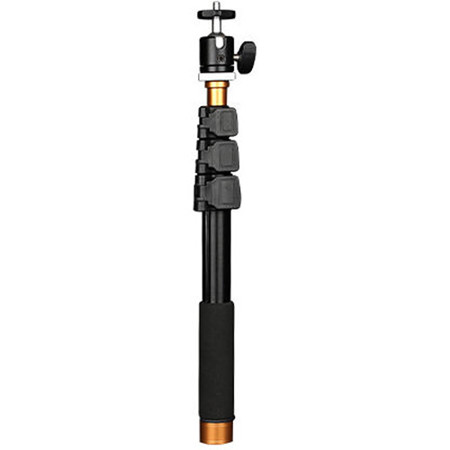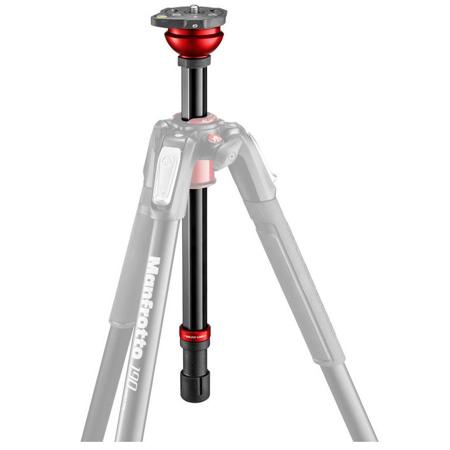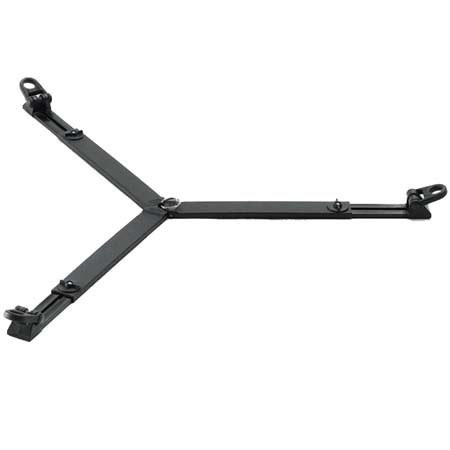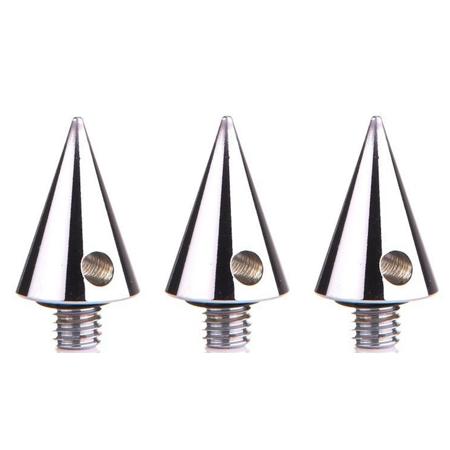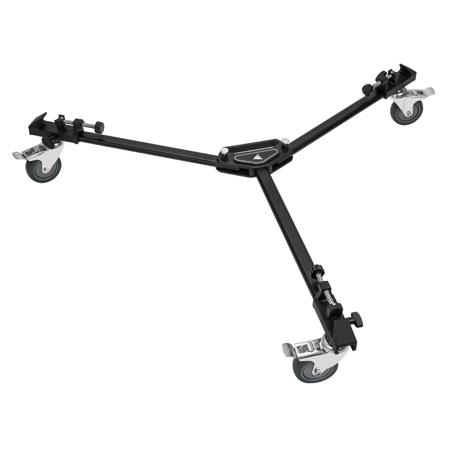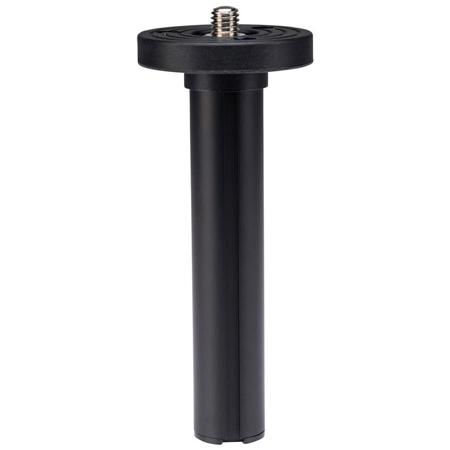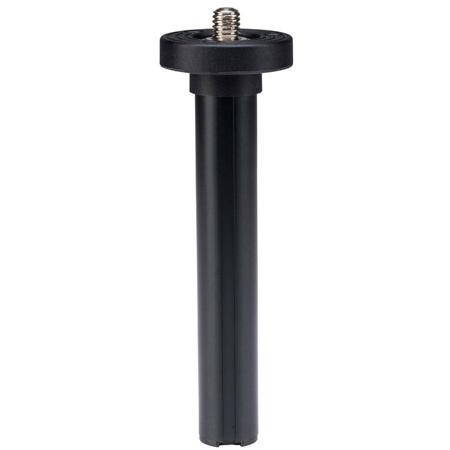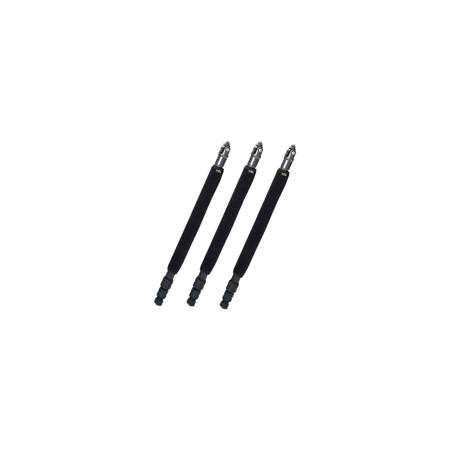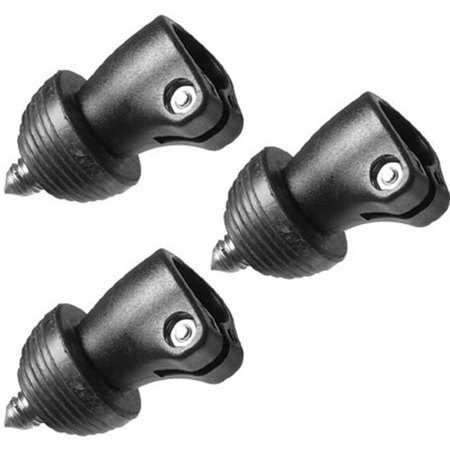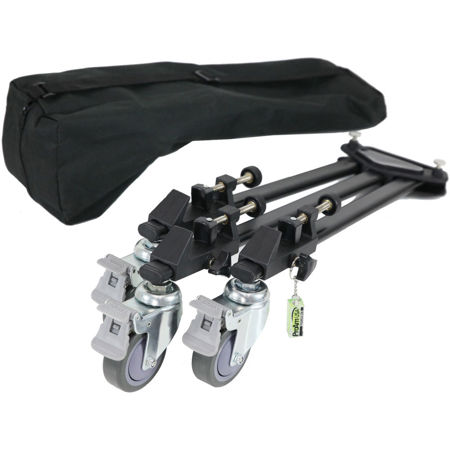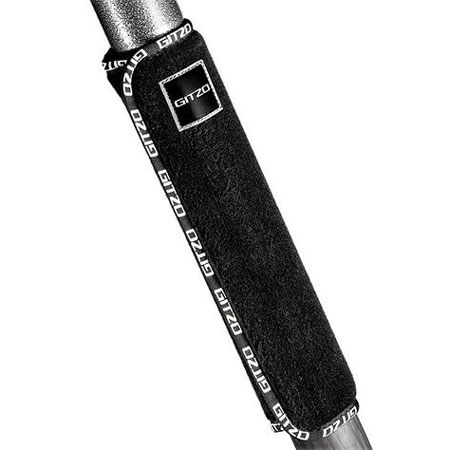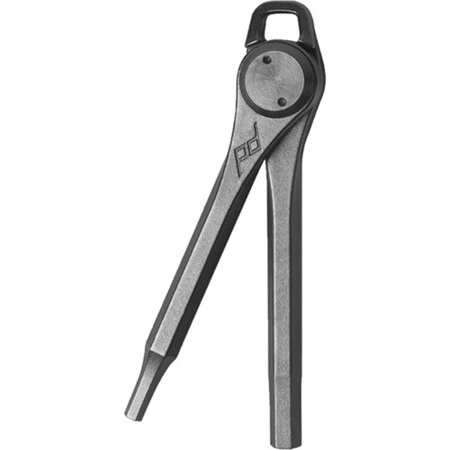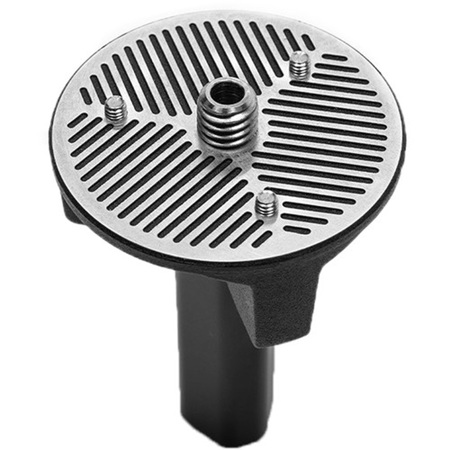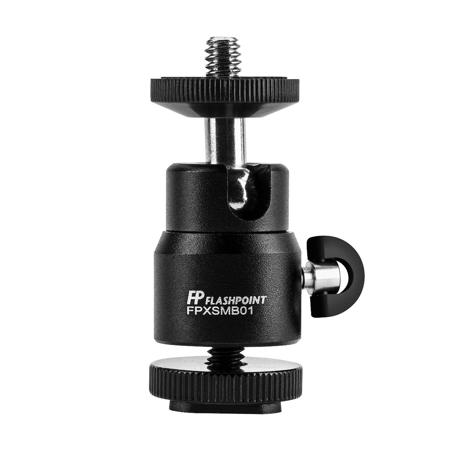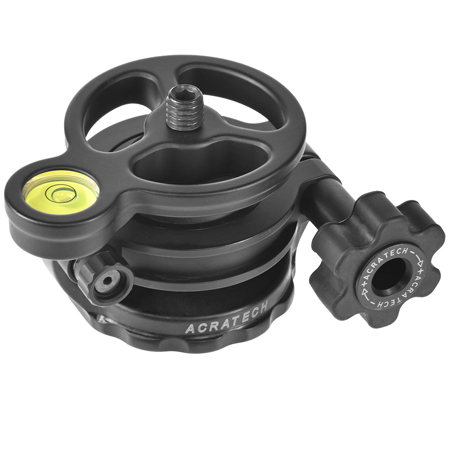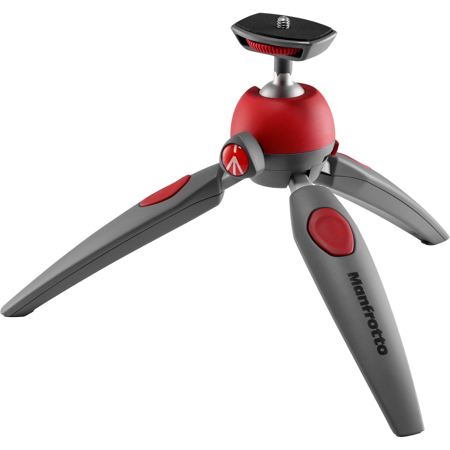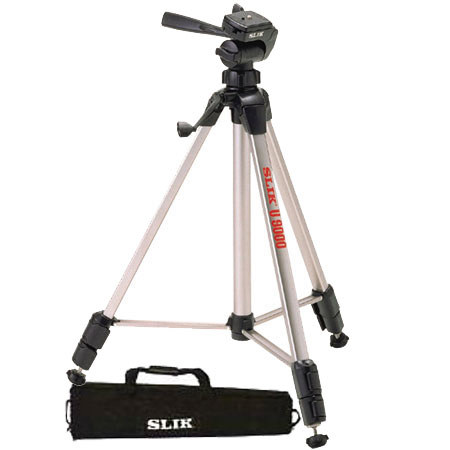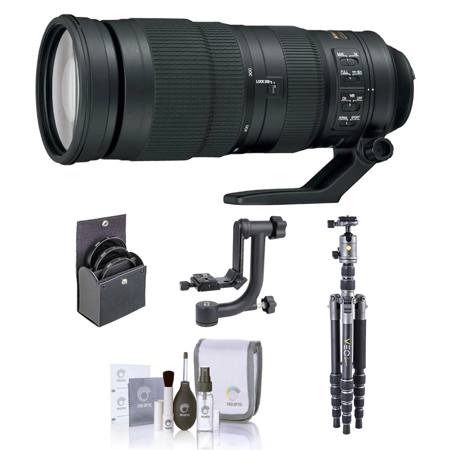Tripod Stability
Stability is the cornerstone of every successful shot, whether you're capturing sweeping landscapes at dawn, detailed product photography in a studio, or recording crisp video footage on location. As autumn’s golden light transforms the scenery and the air grows crisper, photographers and videographers know that this season offers a wealth of opportunities—but also unique challenges. Windy days, uneven terrain, and shifting light all demand a tripod that stands firm and adapts to the environment. The construction of your tripod plays a vital role in how steady your camera remains. Heavier models, often favored by professionals, provide a reassuring sense of rigidity, especially when shooting with heavier camera bodies or telephoto lenses. Materials like carbon fiber offer a balance between weight and vibration resistance, making them ideal for those who need to hike to remote vantage points without sacrificing stability. Fewer leg sections and thicker leg tubes mean less flex and greater strength, while tripods designed without a center column—or with the option to keep it fully lowered—deliver unmatched steadiness for long exposures, astrophotography, and macro work.
The way a tripod is set up can be just as important as its build. For outdoor shoots amid October’s swirling leaves or on a dew-soaked morning, always start by finding the most solid ground available. Extend the largest, sturdiest leg sections first; save the thinner ones for fine-tuning height. On softer surfaces like grass or sand, spreading the legs wider or using spiked feet can prevent sinking and instability. When wind picks up, hanging your camera bag or a weight from the center column hook lowers the tripod’s center of gravity, adding crucial stability. Tighten every leg lock and the head firmly to eliminate any flex, and use a remote release or your camera’s self-timer to avoid introducing shake when pressing the shutter. It’s a good habit to apply gentle pressure to the top of your setup—if you notice any sway or vibration, adjust the leg angles or reposition the tripod until it’s rock solid. Testing stability at full extension, on a variety of surfaces, ensures your gear will hold steady when it matters most, whether you’re shooting a time-lapse of falling leaves or a family portrait at a pumpkin patch.
Tripods designed for stability are not only a practical investment for seasoned professionals, but also make thoughtful gifts for aspiring photographers and content creators. They’re essential for anyone looking to improve image sharpness, experiment with long exposures, or achieve silky-smooth video pans. Students, travelers, and hobbyists will appreciate a tripod that’s easy to set up yet dependable in challenging conditions. For more insight into what makes a tripod truly stable—including leg locking mechanisms, head types, and unique features tailored to specific shooting styles—explore our comprehensive Tripod Features guide. With the right tripod, every photographer can confidently pursue their creative vision, knowing their camera is supported by a foundation as steady as their ambition.
